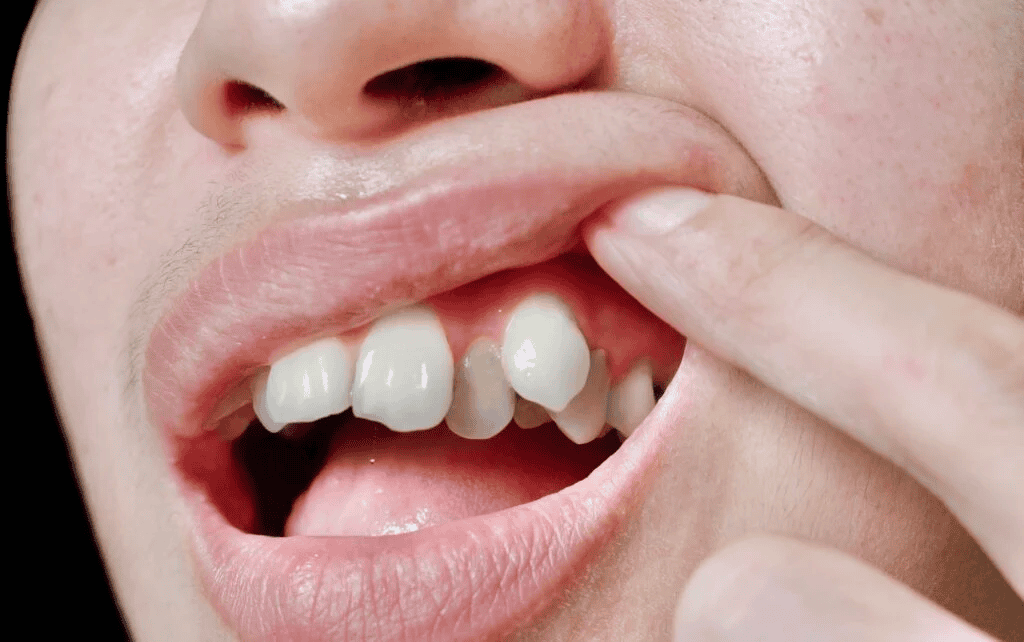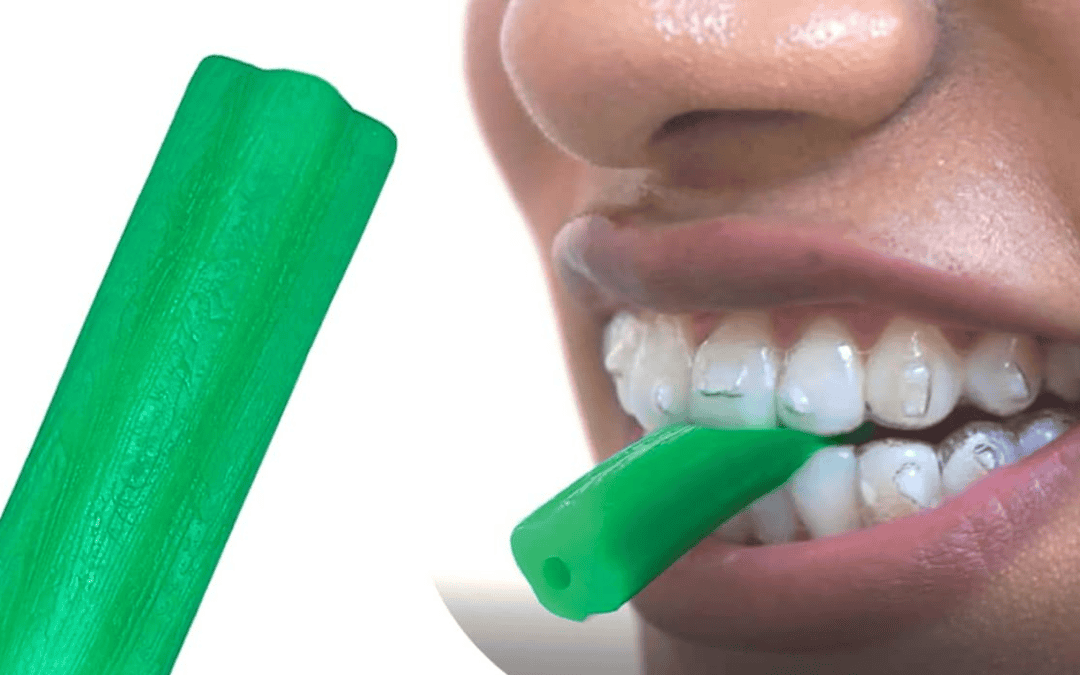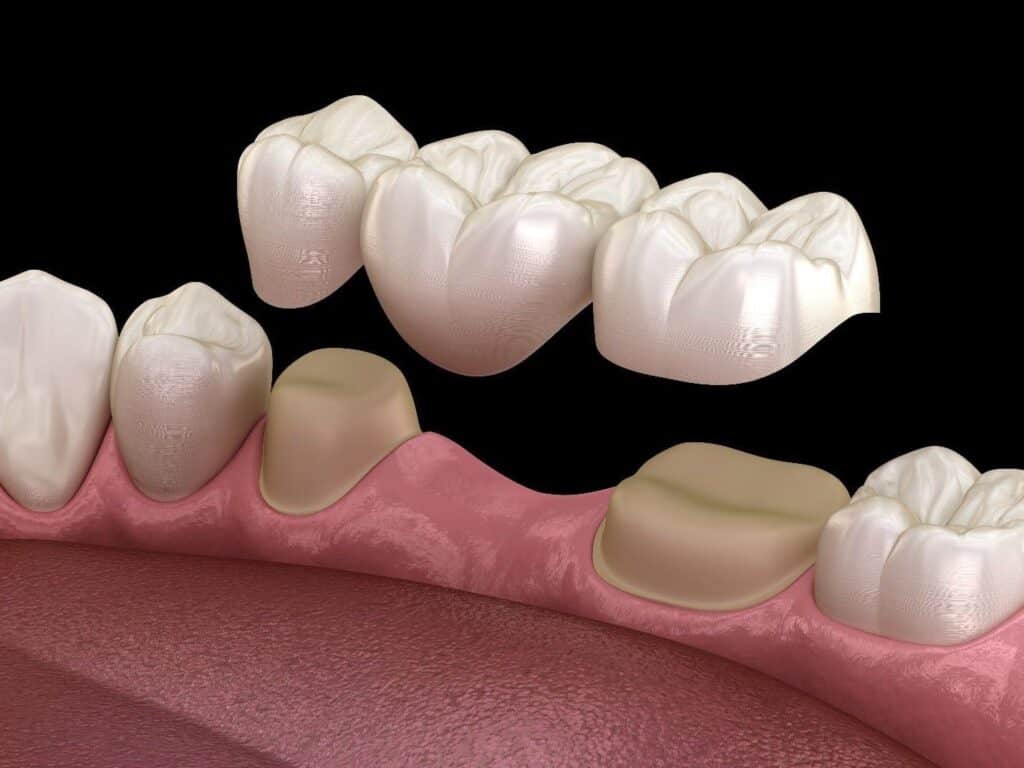Are You on A Quest for Straighter Teeth and Confidence with Braces Treatment? – do you understand why rubber bands for braces help align teeth during treatment? As part of orthodontic treatments with braces, rubber bands might seem an integral component. But did you realize how essential these small but colorful rubber bands are in creating that perfectly aligned set of teeth? From straightening teeth to help in treating misaligning rubber bands work wonders. Let us reveal some secrets surrounding how rubber bands for braces can help in teeth straightening in treatment. Join us as we delve into knowing elastic rubber bands in detail.
Small elastics, big difference – rewiring your smile, reshaping your confidence
Braces Treatment | A New Normal For Teeth Straightening
Braces, or orthodontic appliances, are designed to correct misaligned teeth and improper bites (malocclusions). Their primary components include brackets, archwires, and elastics – brackets are attached directly onto teeth while archwires run between them, applying gentle pressure that moves teeth gradually over time; orthodontic elastic band add another level of control that aids the orthodontic process.
Understanding What is Rubber Bands for Braces
Rubber bands for braces (sometimes called elastics) are small stretchy loops typically constructed out of medical-grade latex or synthetic material and come in various colors and sizes to suit various patient treatment requirements. Rubber bands create specific forces aligning teeth while improving bite, contributing to successful treatment outcomes. They influence jaw movement, which in turn aids the success of treatment plans.
Different kinds of rubber elastic band in braces
Rubber bands (commonly referred to as elastics) play an essential part in straightening teeth with orthodontic appliances like braces. Here is an overview of some types of rubber elastic band in braces commonly used:
1. Interarch Elastics
Interarch elastics can help correct bite discrepancies by connecting upper and lower dental arches, connecting their arches. There are two types of elastic braces in this category:
Class II Elastics
commonly referred to as overbite elastics, work by pulling both upper teeth backward and the lower teeth forward simultaneously to effectively align both jaws and address any overbite issues.
Class III Elastics
(Commonly Referred to as Underbite Elastics) can help address underbite issues by drawing the lower teeth backward and pushing forward, properly aligning jaws.
2. Intrarch Elastics
Intrarch elastics can help address certain teeth straightening and misalignment issues within one dental arch by acting on intraarch elastics that span it, such as:
Triangle Elastics
These elastics feature triangular-patterned elastic bands to correct rotations or other alignment issues between teeth within an arch.
Box Elastics
Box elastics provide the ideal solution for complex cases as they help coordinate multiple teeth’s movement in complex alignment correction processes.
Vertical Elastics
These elastic band in braces can help address excessive tooth eruption or extrusion issues by controlling vertical movement.
3. Rubber Bands for Brackets
Some braces feature brackets that accept rubber bands that can apply additional force against individual teeth for faster movement. These elastic bands may provide extra assistance by applying additional forces at specific places within a brace’s brackets, thus aiding their movement and the overall movement of braces and aligners.
4. Elastomeric Chains
Elastomeric power chains consist of interlocked rubber bands that can be threaded through brackets to close gaps between teeth, resolve crowding issues, and correct minor misalignments. They’re an efficient solution suitable for tight spaces between them and to address minor misalignments in alignment with your bite.
5. Crossbite Elastics
Crossbite elastics may be utilized to correct crossbites by shifting upper teeth into their proper places about lower teeth and correcting crossbite issues.
6. Open Bite Elastics
Elastics are employed to close gaps between upper and lower front teeth in cases of open bites. They draw the front teeth closer together when posterior teeth bite down to close off any spaces between them and eliminate gaps when biting down with posterior teeth.
Rubber elastic band in braces should be tailored to each patient’s orthodontic needs and treatment plan and selected accordingly. Orthodontists carefully analyze every case to select suitable rubber bands with optimal placement ensuring optimal teeth alignment and bite correction.
How to put elastics on braces?
Steps on how to put elastics on braces include washing hands to ensure cleanliness. Next, using a mirror, hold an elastic between clean fingers while stretching it between hooks on the upper and lower brackets until snug but not tight fits are achieved. Your orthodontist may provide specific instructions regarding placement or configuration; change elastics as instructed daily until treatment becomes consistent.
Benefits of Rubber Band in Braces
- Rubber bands enable orthodontists to fine-tune individual teeth’s movements more precisely and efficiently in orthodontic treatment, providing more precise treatment outcomes and improved patient experiences.
- Rubber bands offer comprehensive correction of many dental issues, from overcrowding and spacing irregularities to bite irregularities – making them highly versatile in orthodontic therapy treatment plans.
- Rubber bands can speed up the alignment process and significantly shorten the overall brace treatment duration.
- Rubber bands are indispensable in correcting bite issues and helping ensure the upper and lower teeth come together.
- Orthodontists encourage active patient involvement during treatment by wearing and altering rubber bands as directed.
Bottom Line
Rubber bands for braces may seem like small components, but they are integral to ensuring orthodontic treatments’ success. By exerting controlled forces onto teeth and jaws, elastics help direct teeth into their proper positions for improved aesthetics, functionality, and overall dental health benefits. If you are currently receiving braces treatment, using rubber bands while following instructions for braces elastic position from your orthodontist from Dental Health Clinic could bring you one step closer to creating confident smiles! They are amongst the top dentists to offer the rubber bands for braces. Connect for the best help.










